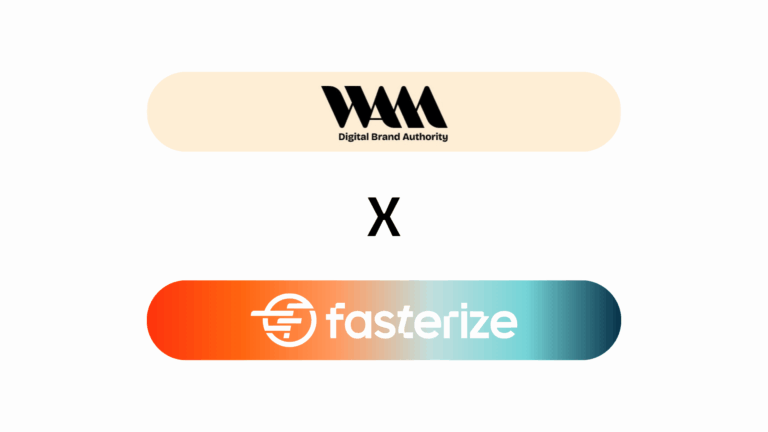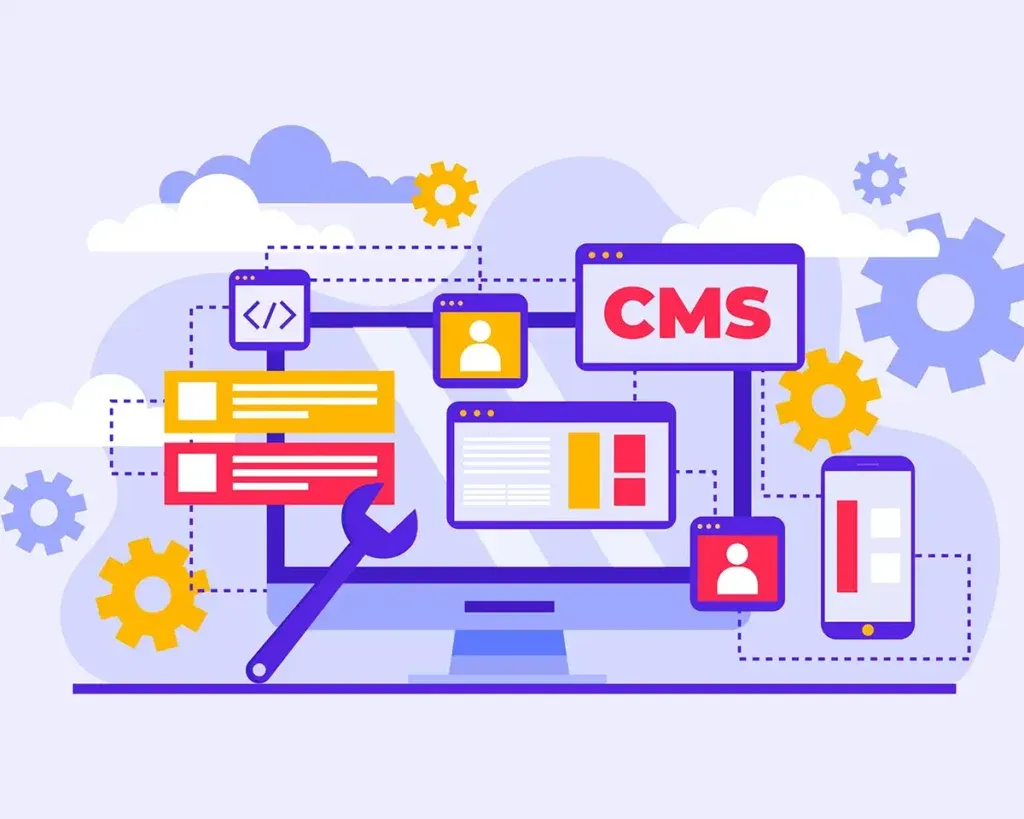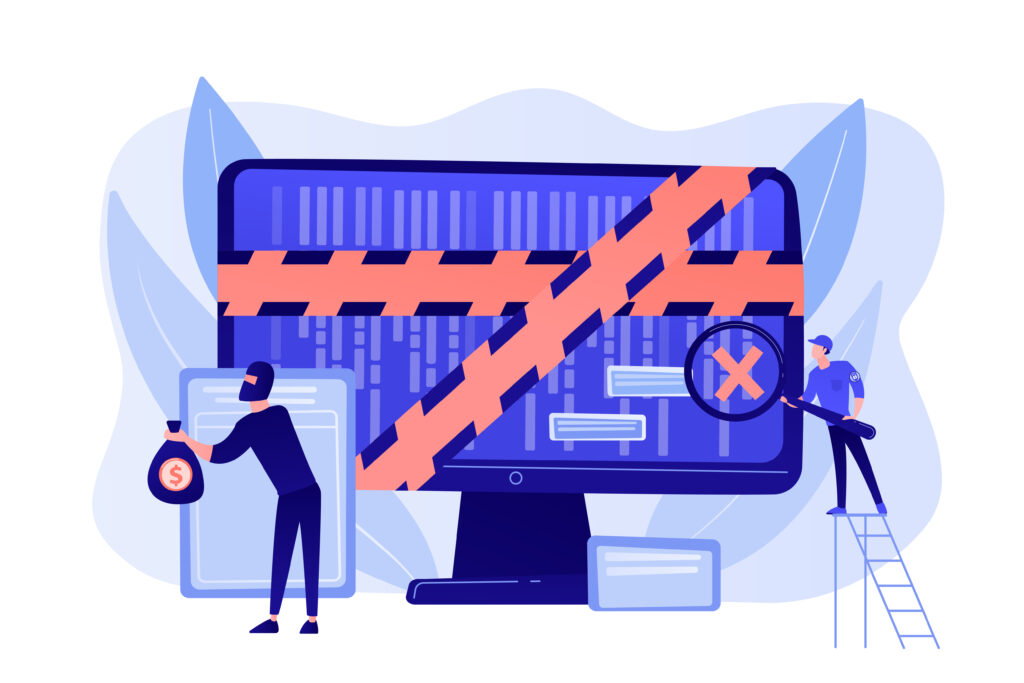n a fast-moving digital landscape shaped by the rise of AI Search and GEO (Generative Engine Optimization) technologies, SEO remains a key strategic lever for any web platform aiming to increase its visibility. However, SEO is often hindered by technical, organizational, and budgetary challenges—especially as roadmaps grow tighter and the need for technical precision and agility intensifies.
Many will relate: SEO project managers and consultants regularly face roadblocks that delay, or even prevent the implementation of crucial recommendations. Here are the main obstacles identified and actionable solutions to overcome them. One innovative solution, Edge SEO, helps bypass some of these constraints and will be addressed later in the article.
At Agence WAM, we interviewed six SEO consultants to share their daily experiences co-piloting SEO strategies with their clients. Based on their input, we identified nine major blockers in SEO projects and suggested ways to address them.
1. Outdated CMS Limitations
Legacy CMS platforms remain one of the biggest obstacles to SEO optimization, as they prevent teams from implementing recommendations efficiently. Some examples include Joomla, Typo3, Hybris, older versions of Drupal (before 8) or Magento (before 2.2.4), or even SPIP tools we’ve worked with (or at least tried to tame), but not without cost.
Frustration often stems from the inability to easily edit meta tags, customize URL structures, or even create and optimize content. The lack of essential features, such as automatic sitemap generation or page-to-page redirection, makes things even more complex.
Migrating to a modern CMS aligned with today’s SEO requirements is often necessary, although it represents a significant project especially for companies used to long-established workflows. For many, rethinking front-end and back-end logic is a major shift.
In some cases, developing custom SEO features or switching to a headless architecture, separating the front-end from the back-end, can provide flexibility. Our teams are regularly asked to weigh in on the best-fit market solutions.
Still, be cautious with quick fixes or partial workarounds. Poorly designed or integrated solutions can create long-term technical debt. It’s crucial to scope and plan these developments carefully to ensure they align with the site’s overall architecture.
2. A lack of strategic consideration for SEO
SEO is often overlooked in favor of paid campaigns that deliver immediate results. This underestimation leads to a lack of resources, delayed implementation, and missed opportunities for long-term organic growth.
Moreover, SEO must now factor in GEO, the optimization of content for LLM-generated answers. Ignoring this evolution could mean missing major visibility opportunities in these fast-growing environments.
To tackle this, we raise awareness among decision-makers of SEO’s direct business impact. By including KPIs such as organic traffic, conversions, ROI, and appearances in AI results, we help demonstrate SEO’s value and integrate it into the broader strategy.
3. Limited technical resources and long implementation delays
A shortage of developers—or an overloaded tech team—can also severely hinder progress. This often correlates with outdated CMS systems (see point 1). These limitations result in lengthy delays for SEO implementation and growing technical debt, which negatively affects site performance. SEO teams may experience mounting frustration.
To address this, our teams often adopt agile methods that prioritize critical SEO tasks. Automation is another key solution: investing in SEO automation tools (especially relevant in the AI era) helps reduce the burden of repetitive tasks.
The evolution of GEO (Generative Engine Optimization) opens new paths for automating and optimizing content creation and updates tailored to generative engines, reducing the need for heavy technical involvement.
Cross-training SEO and dev teams (e.g., developers learning SEO basics and vice versa) also improves collaboration. After all, cross-team synergies shouldn’t be limited to acquisition channels.
4. Resistance to change

Change resistance is a common obstacle in SEO implementation. Internal stakeholders, especially IT teams, may push back due to a lack of SEO understanding, preconceived notions, or fears about compromising site security or performance.
Involving technical teams from the start helps foster alignment and awareness of SEO needs. Continuous education sessions on the latest SEO trends and best practices are also essential.
Case studies and success stories from similar companies can also help win over skeptics. Starting with small, low-risk changes is a great way to show value and build trust.
5. Budget constraints and financial trade-offs

Budget limitations are a familiar refrain for many businesses hoping to invest in SEO. These constraints can lead to poor technical decisions or limited project ambition, making it difficult to implement impactful actions like full site redesigns or content production.
To deal with financial hurdles, it’s critical to prioritize high-ROI actions. A practical tactic we use is to rank initiatives by effort/impact. Focusing on SEO “quick wins”, simple but high-impact optimizations, can yield fast results and help secure additional budget.
6. Lack of internal awareness and recognition

As SEO becomes more complex, and evolves toward AI Search, many internal teams lack the skills and understanding to keep up. This leads to misinterpretation of search engine signals and the use of ineffective or outdated practices.
To bridge this gap, we often offer continuous training programs to keep client teams up to date. Encouraging participation in industry events and webinars also helps build valuable expertise.
The rise of GEO (Generative Engine Optimization) demands a cultural shift: teams need to understand how AI engines assess dynamically generated content. Educating both technical and marketing teams on these paradigms eases adoption and speeds up implementation.
7. Internal silos and heavy validation processes

Conflicting priorities between marketing, product, and dev teams can slow or block SEO projects. These disconnects often arise from mismatched KPIs and communication breakdowns.
For example, product teams may prioritize rapid feature releases, overlooking SEO requirements. Meanwhile, dev teams may not fully grasp SEO’s importance, while marketing underestimates technical constraints.
To align everyone, we recommend using agile prioritization models like WSJF (Weighted Shortest Job First) to evaluate tasks based on business impact and implementation time.
8. Difficulty measuring SEO impact (and now AI search too)

SEO’s ROI is often indirect and slow to materialize, making it harder to justify budget and resources.
To overcome this, we implement clear reporting frameworks that directly link SEO KPIs to business objectives. Attribution tools can also help demonstrate SEO’s true contribution, optimizing strategy and resource allocation.
Remember: search often captures early-stage user intent, even when it doesn’t lead directly to a conversion—making it critical to the overall customer journey.
9. Rapid changes in algorithms and SERPs

As discussed earlier, frequent updates from Google and AI Search tools require constant adaptation, something many find hard to sustain.
The solution: stay ahead with strong industry and tech monitoring and shift to a user-centric SEO approach. This not only improves rankings but enhances overall UX, especially as search behaviors become more conversational and entry points more fragmented.
The EdgeSEO approach: An innovative solution
Given all these challenges, Edge SEO emerges as a powerful and flexible solution. At WAM, we’re strong believers in this approach!
Edge SEO allows you to apply certain optimizations at the CDN level, offering unprecedented flexibility—without requiring a full site rebuild or direct CMS changes.

Key benefits of EdgeSEO:
- Agility: Deploy changes quickly without relying entirely on internal dev teams.
- Experimentation: Test strategies without affecting your live CMS, enabling fast iteration.
- Cost-effectiveness: Reduce development costs while maximizing SEO ROI
Common EdgeSEO use cases:
-
Dynamic redirects: Manage 301/302s at the edge, e.g., to optimize internal linking or fix redirect errors.
-
Tag injection/modification: Dynamically adjust title tags, meta descriptions, H1s, and more.
-
Internal linking: Inject internal links based on page popularity or user paths to enhance navigation and UX.
-
SEO A/B testing: Run live tests on content or structure to measure SEO impact without CMS involvement.
EdgeSEO lets companies implement advanced optimizations without being held back by their current infrastructure.
Each obstacle presents unique challenges, but for marketers, SEOs, developers, and decision-makers alike, a proactive and innovative approach is essential to overcoming them. Edge SEO is a compelling solution.
And you, what roadblocks are you facing in your SEO projects? Whether you’re an agency or a brand, let’s talk about it.

WAM, the Digital Brand Authority agency: our commitment to making your brand a benchmark.
























